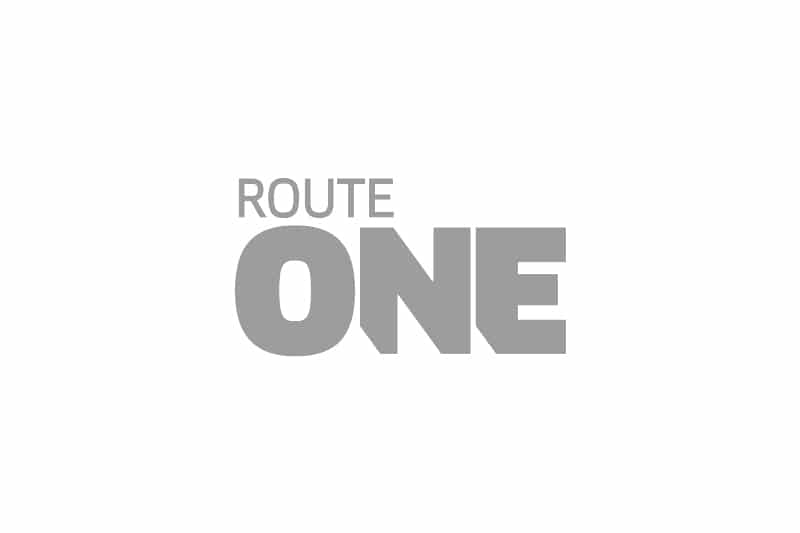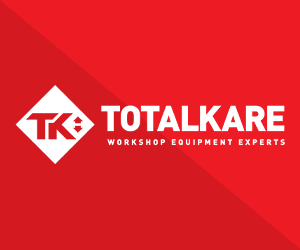Now two years old, on-demand coach travel firm Snap is revolutionising the industry; but in a good way for operators
“Just choose your end destination and a convenient pick up point and tell us when you want to travel. Our system puts all the people wanting to make similar trips together and matches them with the best local coach operators.
“We keep prices low by only running coaches when there’s enough demand,” says the introductory text on Snap’s website.

The service is all app-based and Snap delivers the service by partnering with quality operators to operate coaches for a fixed fee, agreed in advance.
CEO Thomas Ableman previously worked for the multi-award-winning Chiltern Railways – the UK’s most successful rail franchise that in the course of 20 years turned an unloved single-track ‘backwater’ railway into a mainstream double-track main line thanks to a long-term investment strategy and an innovative team of managers.
He’s also worked for National Express and therefore understands coaching. In July 2015 he had an idea for filling gaps in inter-city coach transport; either where it was poorly served, or people wanted an alternative.
But, rather than a fixed timetable what if, he thought, coaches run when and where people want them?
A year later, and backed by a range of businessmen and ‘angel investors’ Snap started operations from Nottingham to London, and has since expanded to Leicester, Bristol, Cardiff and most recently Oxford and Birmingham.
The concept is simple: “We match people who want to make similar trips with the UK’s top coach operators.
“Snap gives passengers access to premium coaches usually reserved for elite sports teams, executive travel and luxury tours.”
And this is where operators come in.
Snap is based on quality, so it only partners with quality operators. Currently it works with 32, ranging from Watts Coaches in South Wales, to Paul S. Winson in Loughborough, Anderson Travel in London and Johnsons of Henley in the Midlands.
Thomas aims to add more partner companies as the operation grows geographically. Ultimately, the plan is that anyone, anywhere will be able to book a trip; at the moment bookings are solely on key corridors.
How that will work is currently being developed, with a pilot scheme planned. When someone makes a search on the site, algorithms track this, showing where future demand is. And, as it’s automated, it means Snap’s model is scalable – it can grow with the market.
“Snap isn’t a coach company, which is a good start,” says Thomas.
“There are lots of really good coach companies. We only choose the best, and we only run coaches on days we forecast enough people will want to make a similar trip. Which means we can deliver a keener price than other providers.”
This method means that the risk – i.e. of running a trip at a loss – is borne by Snap, rather than the operator.

Operators are offered the opportunity to do a job, for a fixed price. There’s no bartering, and certainly no ‘auction-style’ bidding. Indeed, it’s a world away from rail replacement and coach broking, where the cheapest price wins.
To attract new customers, everyone gets their first trip free, and feedback (a little like Uber) from the passenger is vital. Good feedback increases the operator’s score and encourages them and their drivers to be the best.
Passengers’ ‘star rating’ goes into an algorithm so operators with high scores win more work. “We want the best operators to do well. The better they are, the more trips are generated by happy customers and the more work they get.”
Operators are not obliged to run specific trips for Snap, they can choose when they want to work, but when they accept a job there are no cancellations. “We don’t cancel and operators don’t cancel. That’s the deal,” says Thomas. “But someone’s peak is someone else’s trough, it all balances out.”
Such has been such a success that at least two operators have invested in new coaches specifically for Snap work.
“We are aiming at A to B like a VIP. Quality is our goal.
“In some respects, our model is a little like Airbnb, in that we don’t own the assets, but we enable those who do (coach operators) to win customers who they otherwise wouldn’t get.
“It’s not abstracting from existing coach networks, or indeed rail, as most of our trips are made by people who wouldn’t otherwise be travelling. We are generating a new market.”
Now that Snap is established, it’s planning a larger marketing campaign, using London Underground sites, to boost its profile. Currently Facebook is its number one passenger recruiting ground.
“The problem with coach travel is not the cost; it’s that 95% of people reject it outright as they don’t consider it as an option ‘for people like them’, it is a quality and perception issue,” says Thomas.
“Our challenge is not to squeeze costs – the industry model takes care of itself – but to increase ridership. If we could get just 1% of those 95% to travel, that would increase the coach market by 20%.”
Snap is not only a well-backed company – in terms of finance and staff skills – but it also carries out everything in-house, from software development onwards.
It’s London offices, ironically converted from a building once used to stable horses for Walthamstow’s tram network, houses 27 people.
With 100,000 journeys under its belt, and 20,000 active customers, it already has a good presence.
Customer satisfaction is at the heart of success for Snap. Traffic congestion is a problem for everyone, but a good coach driver is still the key.
Says Thomas: “We can’t control the traffic, but that doesn’t matter. Our worst ever delay was a Nottingham-London coach that took eight hours because the M1 was blocked by a crash. 100% of customers on that journey rated it five-star.

“And that was due to the driver, Liam Barry of Roberts Coaches: He looked after them absolutely brilliantly.
“I knew what had happened so I went to see the customers get off the coach. After eight hours and they were all smiling and having a chat with Liam. It proves that there’s nothing outside your control.”
The app-based, star-rating backed product is certainly right for the modern world. Customers can see where the vehicle is (by tracking the driver’s mobile), meaning that there’s no equipment required on the coach.
Because all customers have a smartphone, they know where the coach is, and Snap can communicate with them, “and that’s hugely valuable,” adds Thomas.
Yet driving everything that Snap, and its operators do, is the desire to deliver quality. Operators and drivers are incentivised to do this, and in the modern world, reputation is key.
Snap plans that by 2021 it will be a “mainstream national travel brand, operating through our partners with large volumes of journeys. Will we replace National Express and Megabus? Absolutely not, we will be doing something different. Largely we will be generating new trips.
“Already 25% of our trips would not have happened with anyone else, because the price and journey time combination from the area they live in, to the area they are going to, is on an agenda that didn’t exist before.
“We can bring a new generation – not by age, but by outlook – into coach travel.”
In this respect, Snap is already at the top of the pack.

























